More Than Your Average Training Course
Our courses are not just about learning new ways to help bring your clients to optimal health and wellbeing. Although of course you’ll gain new skills, more knowledge and lots of practical ways to improve the way you work with patients. An Integrative Health Education course offers way more than that.
One of our missions is to build a community of like-minded practitioners who are willing to support each other. We tend to attract great practitioners. Those who are open to learning, who want to be the best they can be and are truly dedicated to helping their patients. If that sounds like you, we promise you’ll meet other, equally dedicated individuals at our courses.
It’s not just about making new friends and colleagues. Anyone who attends an Integrative Health Education course can also join our growing forum. This is where people can ask questions, share their experiences and knowledge and get support from each other and our world-class educators. Forum topics include stress, pathogens, bodywork, strength training, PR and marketing, healing and digestion. Our educators also post new and relevant research on the forum so as this grows and becomes more popular it will become a storage vault of valuable information that you can access.
If that’s not enough of an incentive then remember that anyone who has attended an Integrative Health Education course will also be able to attend our annual Practitioner Training Weekend. This two day educational and social get together has gained the reputation as a ‘not to be missed’ event. Why? Because our educators prepare special sessions, share insights and case study notes and the Saturday BBQ is a bash to remember.
Those attending relevant courses will also benefit from our associated supplements and health product website – Holistics Online. You can earn 10% commission on purchases made by your clients via a special code and you will be able to access a special practitioner-only section of the website.
As you’d expect, Integrative Health Education courses contribute to a wide range of industry bodies CPD requirements. We work closely with a number of organisations, such as the Naturopathic Nutrition Council, the Federation of Holitistic Therapists and the Association of Registered Colon Hydrotherapists to ensure we are meeting the industry’s training needs.
For example, The Federation of Holistic Therapists requires a minimum of 10 CPD points per year. A one-day Integrative Health Education training course will contribute five points towards that total.
At the end of each completed course, attendees are given a certificate, which confirms the number of hours and CPD points gained. We recommend you keep these certificates on file to ensure you have the correct paperwork on hand for CPD validation.
Our courses are created to help practitioners treat their clients ‘wholistically’ and our vision is that health practitioners can develop the skills and knowledge to employ a variety of practical methodologies that safely bridge the gap between conventional Western medicine and holistic healthcare practices.
Through our training courses we aim to give practitioners, whatever their approach to health and wellbeing, the knowledge, skills and tools that will enable them to deliver the best possible approaches to resolve their patients’ or clients’ health challenges. Join our community.


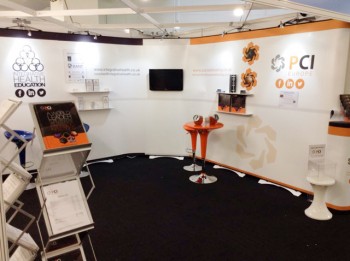

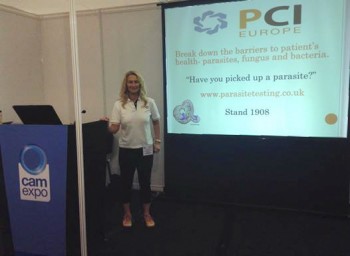 Emma was giving two talks over the weekend in the Demo Theatre – the first on Saturday was the last talk of the day. The second was mid-morning on the Sunday. The theatre talks had been quite quiet in general, however, Emma had a full house and people were even standing outside to get in, all wanting to learn more about parasite infection.
Emma was giving two talks over the weekend in the Demo Theatre – the first on Saturday was the last talk of the day. The second was mid-morning on the Sunday. The theatre talks had been quite quiet in general, however, Emma had a full house and people were even standing outside to get in, all wanting to learn more about parasite infection.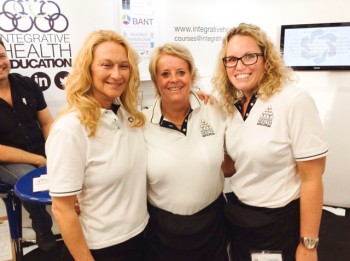 We have to thank everyone in the Integrative Health and Parasite Testing Europe team, without whose efforts the weekend wouldn’t have been possible. Sarah and Nicki put in so much hard work running up to the weekend and then also being there during the weekend to help take payments and answer questions. Thanks to Nick, whose handyman skills meant the stand was set up and ready within a few hours, and also for his support throughout the run-up to the event and during the weekend. Thanks must also go to our practitioners Hannah, Abbey, James and Debbie, whose ideas and support in the run-up to and during the event were invaluable. We couldn’t have done it without you all.
We have to thank everyone in the Integrative Health and Parasite Testing Europe team, without whose efforts the weekend wouldn’t have been possible. Sarah and Nicki put in so much hard work running up to the weekend and then also being there during the weekend to help take payments and answer questions. Thanks to Nick, whose handyman skills meant the stand was set up and ready within a few hours, and also for his support throughout the run-up to the event and during the weekend. Thanks must also go to our practitioners Hannah, Abbey, James and Debbie, whose ideas and support in the run-up to and during the event were invaluable. We couldn’t have done it without you all.


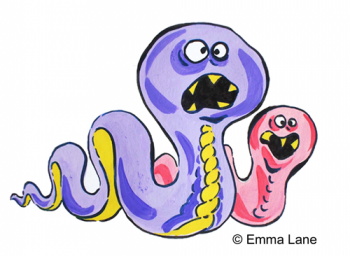 Fungi overgrowth
Fungi overgrowth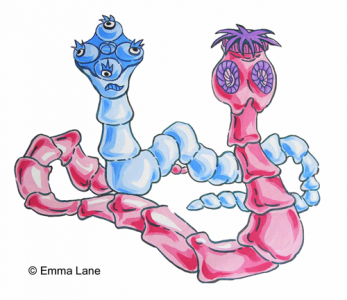 The bug boom
The bug boom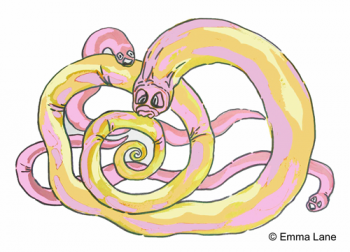 Hard to diagnose
Hard to diagnose